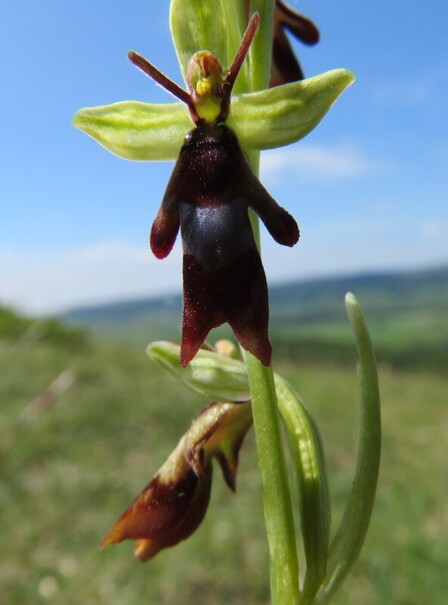 Looking up into a fly orchid, worm's-eye view
Looking up into a fly orchid, worm's-eye view What you'll first see when you find fly orchid is several dark flowers on a slender spike. Flowers are deep violet-brown, the sepals green, the plant tiny. It's found on calcareous soils sometimes in the shade of trees on rough, grassy ground.
Fly Orchid, Ophrys Insectifera. 'The fly orchid relies solely on insect pollination, so it mimics an insect in appearance and emits pheromones to lure the male into thinking he’s found a female. Trying to mate with the flower, he transfers pollen in pseudocopulation.' Cumbrian Contrasts. Lie on the ground and look closely into the flower and you'll begin to see how interesting it is. Fly orchid mimics an insect, specifically the female Gorytes wasp. I haven't seen a fly orchid being pollinated and wouldn't recognise the Gorytes wasp.
The fly orchid is perennial so I can come back next year and hope to find it again. Does is reproduce by seed-dispersal?
Ophrys, including fly orchid, have rounded root-tubers. And a complex mycorrhizal association.
In evolutionary terms Ophrys insectifera is amazing, that intricate relationship between flower and pollinator.
I found more fly orchid in a different location. Spending hours studying my images, I'm attuned. And the light green of sepals, leaves and stem shows them distinctive.
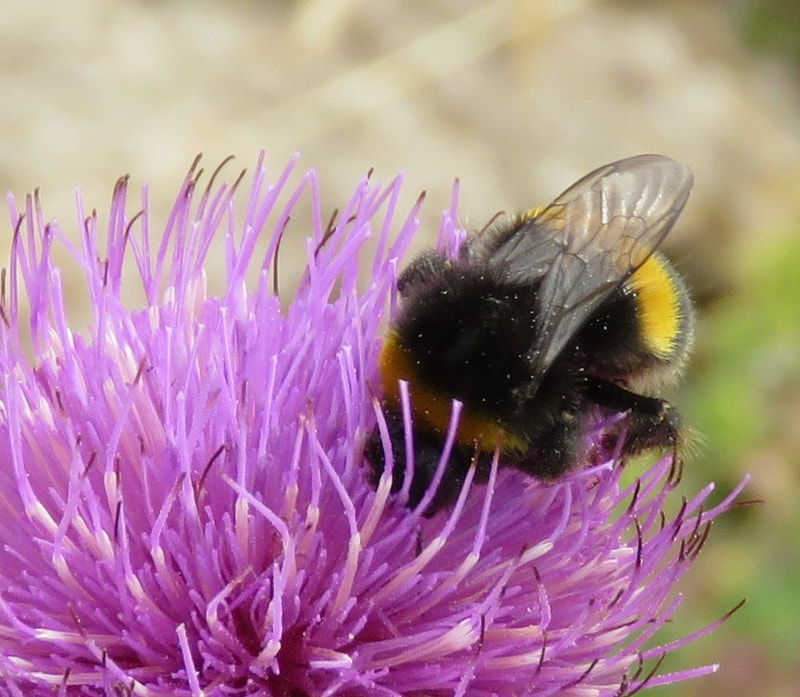
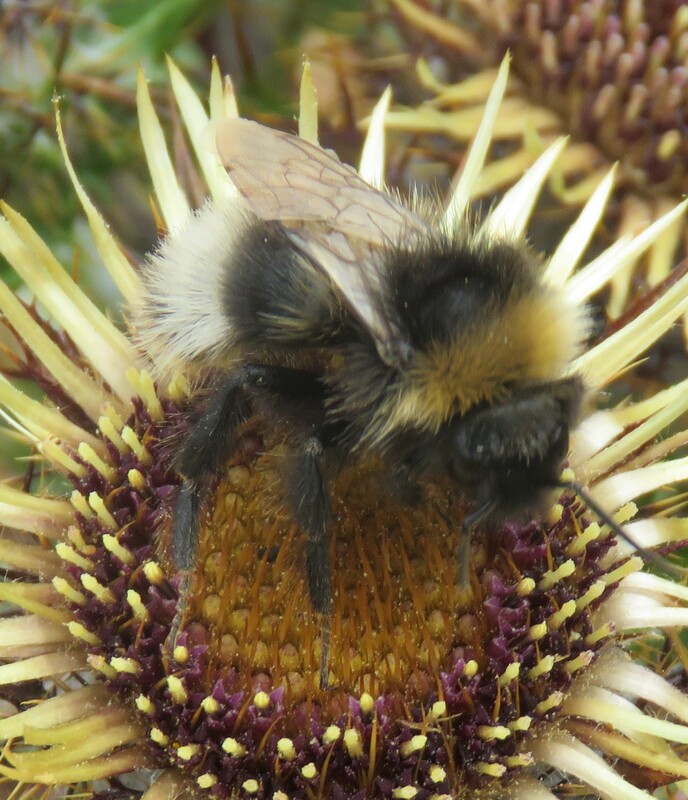
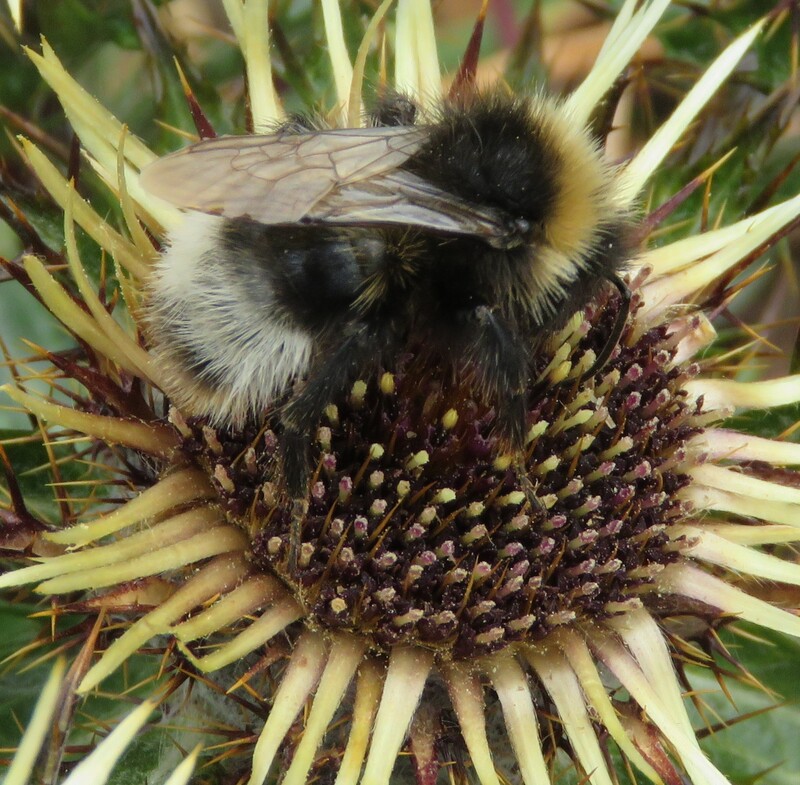
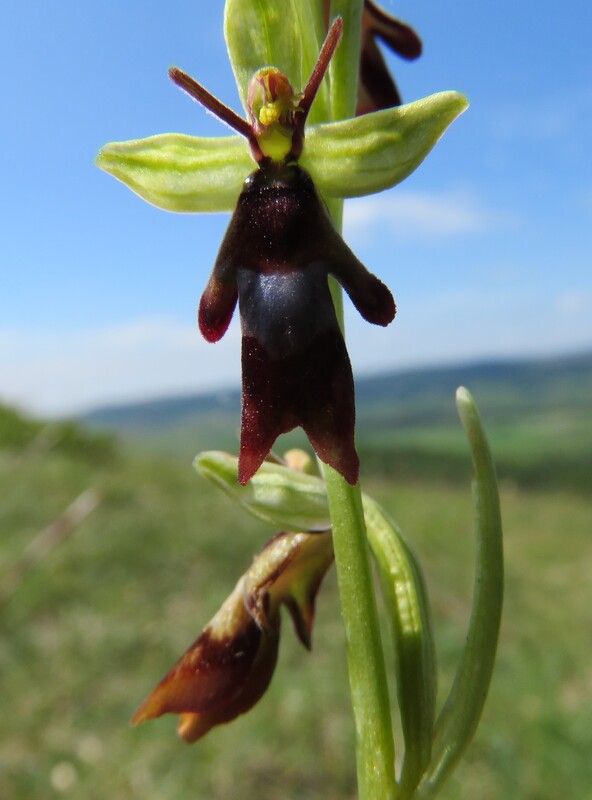
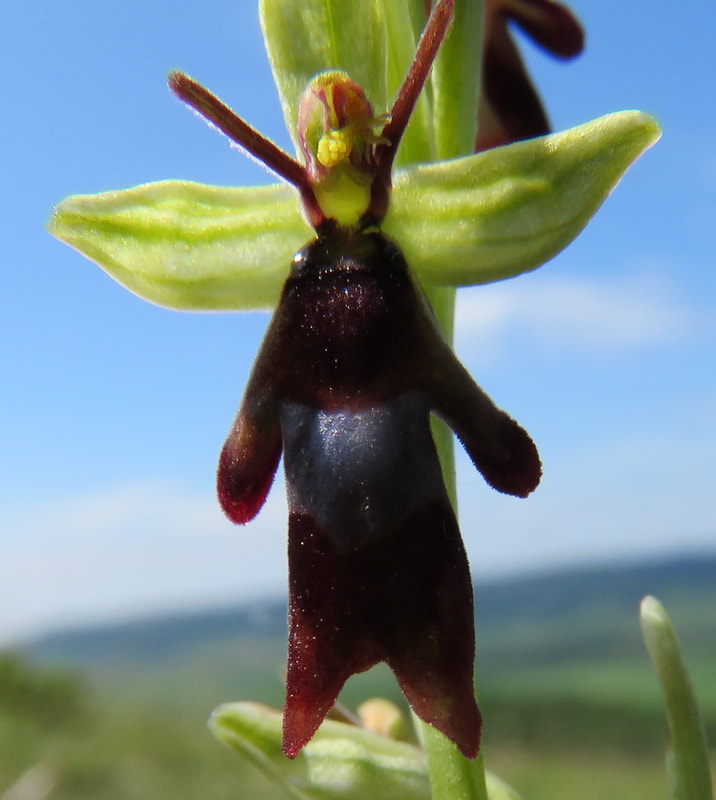
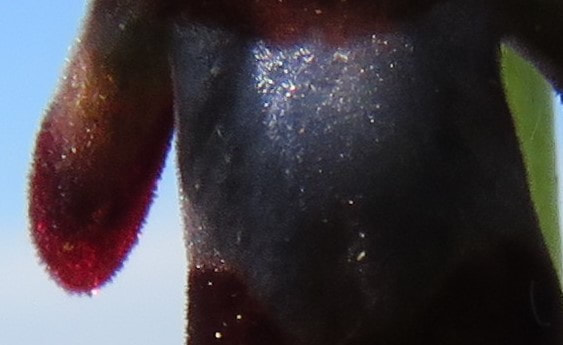
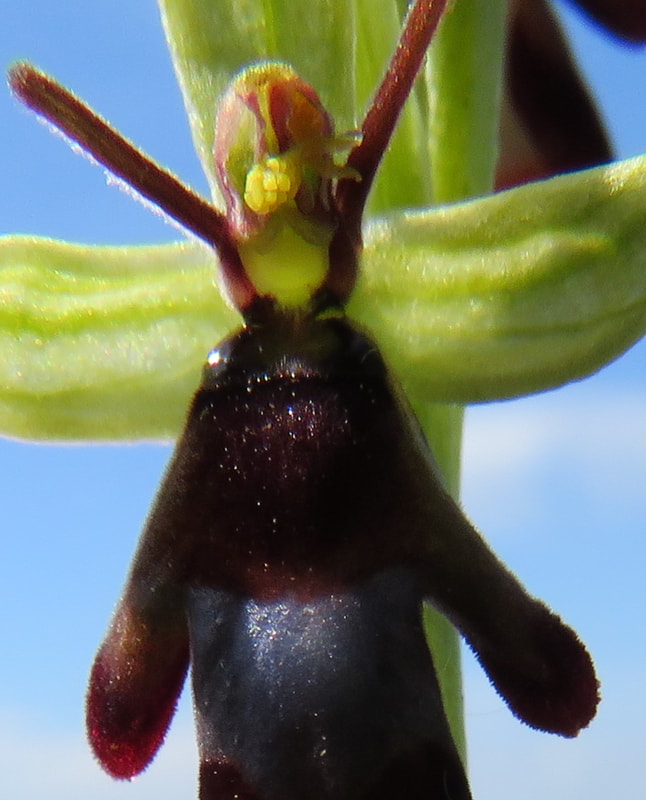
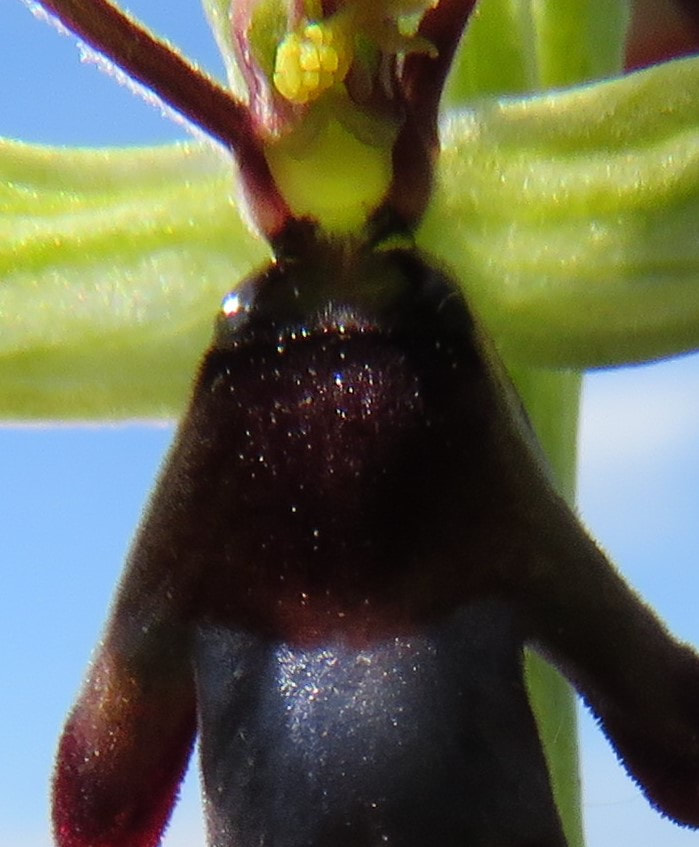
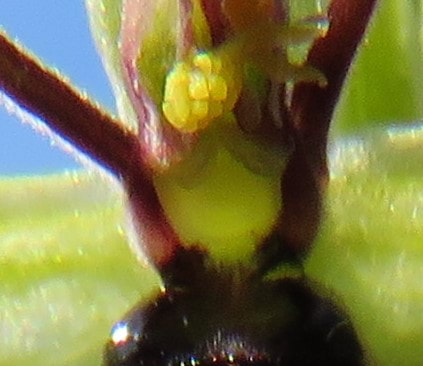

 RSS Feed
RSS Feed